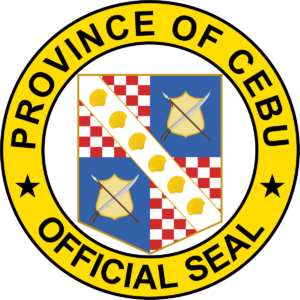Cebu Province

Executive Brief
Land Area : 508,844
Population : 2,377,588
Income Class : 1st
Capital : Cebu City
Chartered Cities : 2
Component Cities : 7
Municipalities : 44
Barangays : 1,202
Household : 2,876
THE history of Cebu goes way beyond 439 years ago when the island became a province at the start of the Spanish colonization.
Long before that, Cebu was already the center of trade of what is now the southern Philippines, dealing with traders from China, Malaysia, Japan, India, Burma and other parts of Asia. Cebu already had an organized social structure before the Spaniards came— with small groups headed by a datu who served as leader. A datu governed his community, settled disputes, made decisions, protected his village from enemies, led them into battle, and received labor and tributes from his people.
The position being both a political office and a social class, his authority was taken from his lineage, although his power depended on his wealth, the number of subjects and his reputation for physical prowess.
A community ranged from 30 to 100 households grouped as a barangay and was one based mostly on kinship. Aside from the datu, there were free men called timawa and then the olipon. Spanish reports called the role of an olipon as dependent rather than a slave, because of the absence of violence and harshness notable in European slavery.